John Ward was born in 1762 to wealthy parents, Samuel and Ann Ward. Samuel Ward owned Samuel Ward and Co, a merchants and manufacturers associated with clothworking based in Guildford.
Read MoreA windmill located on Bell Hill was first recorded in the 1560s. In the 1593 survey the copyholder was Thomas Andrews who also had 24 acres of land believed to be mostly on the western side of Southend Road.
Read MoreThomas Wood, the famous 18th Century Billericay miller was born on the 30th November 1719 to Abraham and Mary Wood in Mill Cottages. By the age of 13 he had survived the many illnesses that killed a great number of children at that time, including smallpox.
Read MoreGatwick House is a Grade II listed building, situated just off Southend Road. A building has existed on this site since 1593, however the building we see today dates from 1745. This date is carved into a floor timber and a brick in the chimney dating the rear part of the house.
Read MoreLockers Hall was built in the early 1700s. In 1787 John Ward, a wealthy businessman, purchased it, beginning the process of acquisition of much of the farmland and buildings of Mill Meadows.
Read MoreBy 1839 two main farms had emerged around and including parts of Mill Meadows. These were Greens Farm and Hurlocks. Both were owned by businessman John Ward but run by sub-tenants.
Read MoreThe area of land referred to as Hurlocks can be traced back to a survey undertaken in 1593 where reference is made to a tenement then called Harrises.
Read MoreBrickmaking took place in this field during the the mid 1800s, on a small scale, to serve local demands, and the 1874 edition of the Ordnance Survey shows a brick kiln in the field on the western side of Greens Farm Lane.
Read MoreIn 1839, records refer to a house and premises on the Eastern side of Southend Road immediately opposite Hickstars Lane with almost 25 acres of land. The farm and house were occupied by James Joslin.
Read MoreIn order to boost its profits the Metropolitan Railway needed more passengers. So in 1919 a separate limited company, The Metropolitan Railway Country Estates (MRCE), was set up to manage and develop its nearby land into housing estates.
Read More









